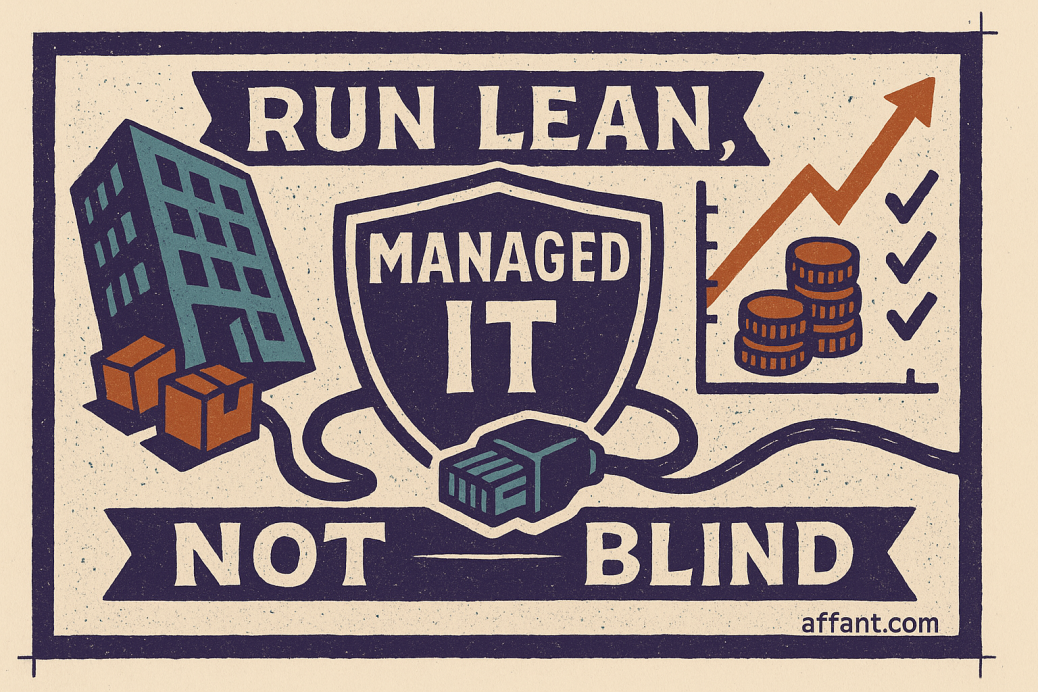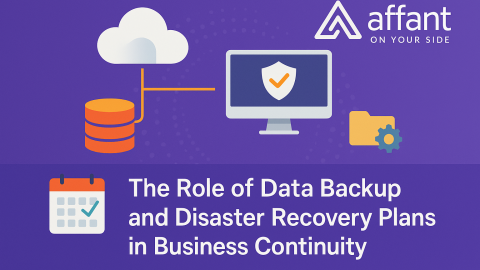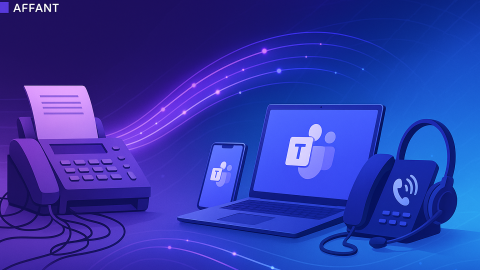Layoffs and team changes are tough. Even after the dust settles, the work keeps coming. Laptops still need help. Customers still call. Security still matters. What usually happens next is a few remaining folks try to cover everything, nights and weekends included, and costs creep back in through the side door.
This is where a managed IT services partner earns its keep. Not as a luxury, but as a simple way to run smaller without breaking things.
What really changes when the team shrinks
Two truths show up fast:
- The jobs did not go away, just the people. Tickets, updates, and vendor calls still land somewhere.
- Risk piles up on whoever “knows the magic.” If that person gets sick or leaves, you feel it everywhere.
Managed IT spreads that load across a team that already has tools and a schedule for this work. No heroics required.
Costs that don’t magically disappear
A smaller headcount does not cancel software seats, cloud spend, or after-hours support. You may also pay extra for “emergency” help because the small team can’t keep up. That is where budgets go sideways.
Where managed IT actually saves money
Shared coverage instead of overtime
After hours, holidays, and on-call get handled by a larger crew. Your people stop living on alert and you stop paying premium rates for routine issues.
Tools you don’t have to buy
Good providers bring patching, monitoring, endpoint protection, and backup platforms that are already paid for and tuned. You get mature tools without the full subscription on your books.
License clean-up
Most companies pay for seats they do not use. A provider will pull usage, drop waste, set alerts, and prevent the slow creep back to “mystery spend.”
Cloud cost hygiene
Right-size servers, turn on lifecycle rules for storage, schedule dev/test to shut off at night, and use reserved capacity where it makes sense. These are boring tweaks that add up.
Vendor consolidation and better rates
Fewer contracts and a single support line. Carriers and software vendors tend to sharpen their pencils when you show up with clean data and alternatives.
Fewer incidents
Quiet, preventative work costs less than outages. Regular patching, real backup tests, and small fixes before they become tickets all cut the number of “all hands” moments.
Predictable monthly spend
A flat fee for day-to-day support beats surprise invoices during your busiest weeks.
What to keep in-house vs. what to hand off
Keep the pieces that define your business: product, customer experience, and any systems that give you an edge. Hand off the heavy lifting that every company has to do: help desk, device setup, patching, backups, user access changes, vendor wrangling, and the midnight phone. You still set priorities. The provider handles the routine.
The documentation win
When teams are small, knowledge lives in people’s heads. Managed IT writes it down. Network maps, how-to steps, admin notes, and “this is how we really do it here.” That documentation saves time, eases onboarding, and makes audits go faster.
Security and insurance matter to the bottom line
Insurers and customers now ask for proof of basics like MFA, patch cadence, backup tests, and incident response. A provider that can show those receipts protects revenue and can help with premiums. Avoiding one security incident is the cheapest savings you will ever get.
How to switch without drama
- Stabilize and inventory. Know what you have, what’s critical, and what is breaking most often.
- Grab quick wins. Cut unused licenses and obvious cloud waste.
- Hand off the right work. Help desk, patching, monitoring, and backup care move first.
- Keep one internal owner. Someone who knows the business sets priorities and approves changes.
- Meet on simple numbers. Time to answer, time to resolve, patch health, backup restore success, ticket volume per user. Weekly at first, then monthly.
No big bang. Just steady steps that free up people and dollars.
Red flags to watch for
- Rock-bottom pricing that hides after-hours or per-ticket fees
- Multi-year contracts with no way out if performance slips
- “Remote only” with no plan for onsite work when you need hands
- A forced tool stack with no clear benefit
- Reports that look fancy but never change decisions
If you see these, keep shopping.
What “better” looks like from the outside
Staff get help quickly. Leaders see one clean invoice and a short scorecard. Cloud and license bills stop creeping up. Security questions from customers and insurers are easy to answer. Incidents are fewer and smaller. The company is lean in headcount but not in capability.
Where Affant fits
Affant helps you run lean on purpose. We take on the day-to-day work that keeps lights steady, clean up waste in licenses and cloud, and give you the kind of documentation and proof that calms auditors and insurers. You keep strategy and business-specific systems. We handle the routine and the after-hours. Different teams need different levels of help, so we match the pace to your budget and leave you with fewer surprises, not more.
Bottom line: downsizing does not have to mean duct tape and weekend fire drills. If you shift the right work to a managed IT partner, you keep service quality, cut spend, and lower risk at the same time. When you are ready to run smaller without stress, Affant can help.











